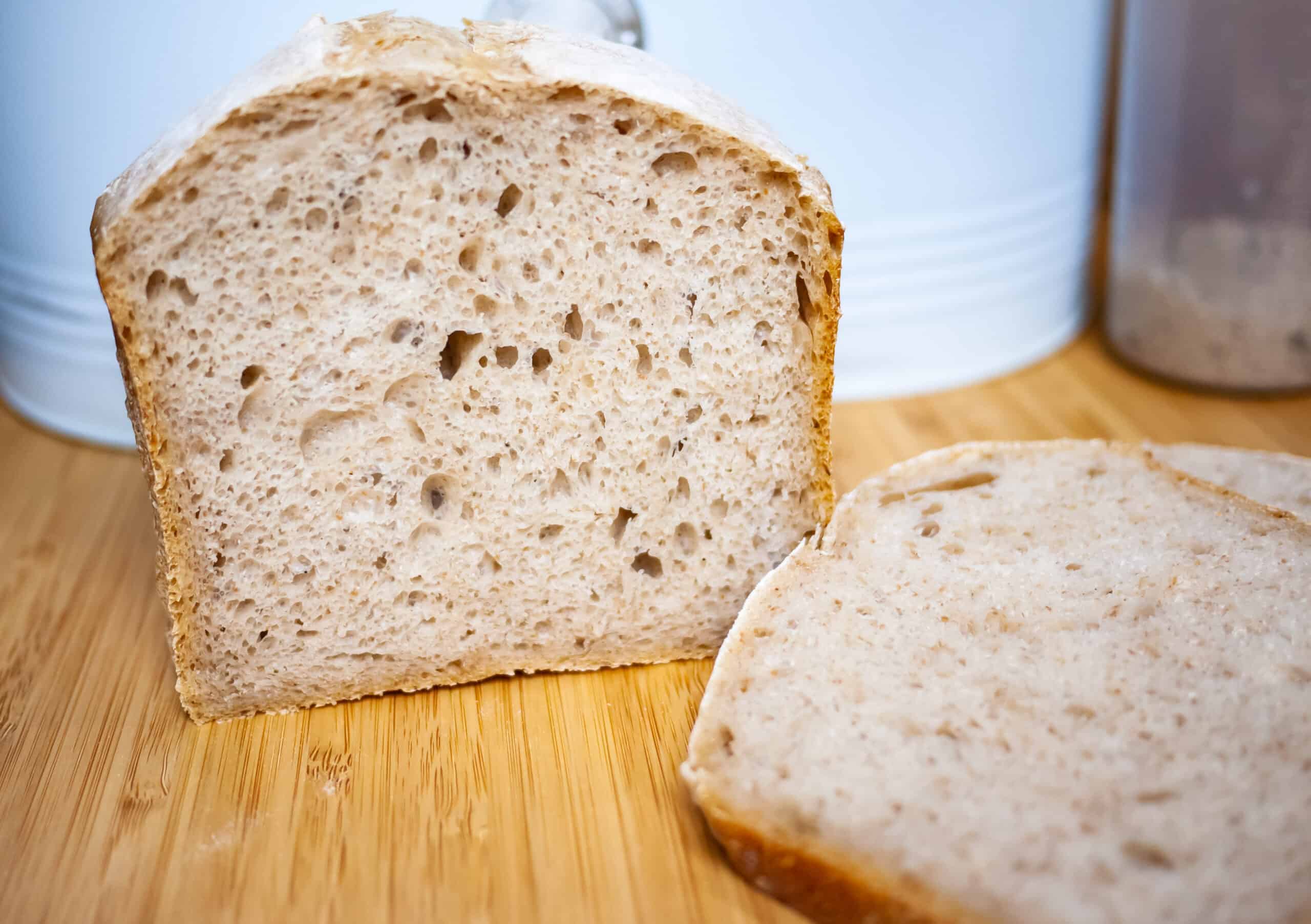
Like our Parmesan cheese sourdough crackers, sourdough banana bread, sourdough discard pancakes, sourdough waffles, sourdough naan, or sourdough doughnuts! Keep in mind, you can make other baked goods with the discard.Therefore, it wouldn’t be a 1:1:1 measurement. For example, you can use 1/2 cup of each but they would each weigh a different amount in grams. This may be because flour, starter, and water all weigh different amounts even when using cups for measurement. I’ve found that the results are more consistent when the ingredients are weighed rather then using cups or eyeballing them. Volume – You may notice that I have this “recipe” set up in weight (grams) instead of volume (cups). Nut flours are finely ground nuts and don’t work the same when making starters. Types of Flour – Stick with gluten based flours.I’ve “over watered” one, my hubby accidentally baked one, then there’s mold, gnats, etc. Make Two: Speaking of discard, I inevitably end up using discard from one feeding to make an extra starter.It’s best to throw it in the garbage if you aren’t going to use it in a recipe. Discard can be used in recipes like donuts, waffles, and crackers, but if you try to keep it the discard will literally take over your kitchen. Every time you feed the starter, there will be discard and lots of it. Discard: Don’t try to save all the discard.Keep it well covered and try it place it away from fresh food or areas where you normally find gnats and fruit flies. Gnats & Fruit Flies: During warmer months, gnats and fruit flies love to try and get into sourdough starter.There’s no saving it once mold has entered the equation, and it’s not safe to consume.

Mold & Discoloration: If there’s ever any sign of mold or discoloration, throw away the starter.That’s why it’s important to hang onto the starter after you get it up and going. Seriously, I want a tasty loaf of sourdough bread yesterday not two weeks from now. Be Patient – I’m the most inpatient person when it comes to starter.Feed it every 12 hours after it’s doubled in size and begins to fall. Don’t Overfeed – Feeding the starter too often can cause it not to grow properly.If you house is really cold or drafty, consider purchasing a proofing box to keep the starter at a consistent temperature. During the winter I take mine into the bedroom, since it’s warmer than the kitchen. Keep it at room temperature (about 68° to 80°). Temperature – Starter is pretty resilient, but remember, it is alive.However, I went through a 10 pound bag of flour before switching to bottled water and that did the trick. Some people will say if tap water doesn’t contain high amounts of chlorine, there’s no harm in using it. Water – Consider using bottled water when feeding the starter.I’ve run out of All-purpose of one brand, switched to All-purpose of another brand and BAM! The starter started growing like crazy. Flour (again) – Just my opinion, but I’ve found that some brands work better than others.Sounds crazy, but flour can expire and lose it’s ability to work as a starter. The flour – Make sure it isn’t expired.Here are a few reasons why the starter may not be rising. Not to mention you’ve spent a lot of time, money, and flour. I’ve been here a few times, and it’s frustrating.

Starter can appear bubbly, double in size, and have a pleasant smell, but if it doesn’t float, it may not be ready. Drop a dollop of starter into a glass of water, and if it floats, it’s ready to be used. The tell-tale sign that a starter is ready to be used is the float test. Feeding it will replenish the food source and allow it to rise again. That’s when the wild yeast has “eaten” all that it can from the flour. It’s important to feed the starter after it rises and begins to fall. This is when the starter is at it’s most active and should be used for baking. It will begin to slowly rise above the tape and over time will double in size. After each feeding, place a rubber band or piece of colored tape on the jar at the starter’s highest point. One of the most noticeable signs is a doubling in size. Some common signs that a sourdough starter is growing are large and small bubbles throughout and on the surface, a puffy appearance, and a pleasant smell or aroma. A healthy, active, bubbly starter normally takes 7 to 14 days to achieve. Even if a starter shows growth early on, it doesn’t mean that it’s ready to use. Starter can begin to show signs of growth as early as four days. What are the signs of growth in sourdough starter?


 0 kommentar(er)
0 kommentar(er)
